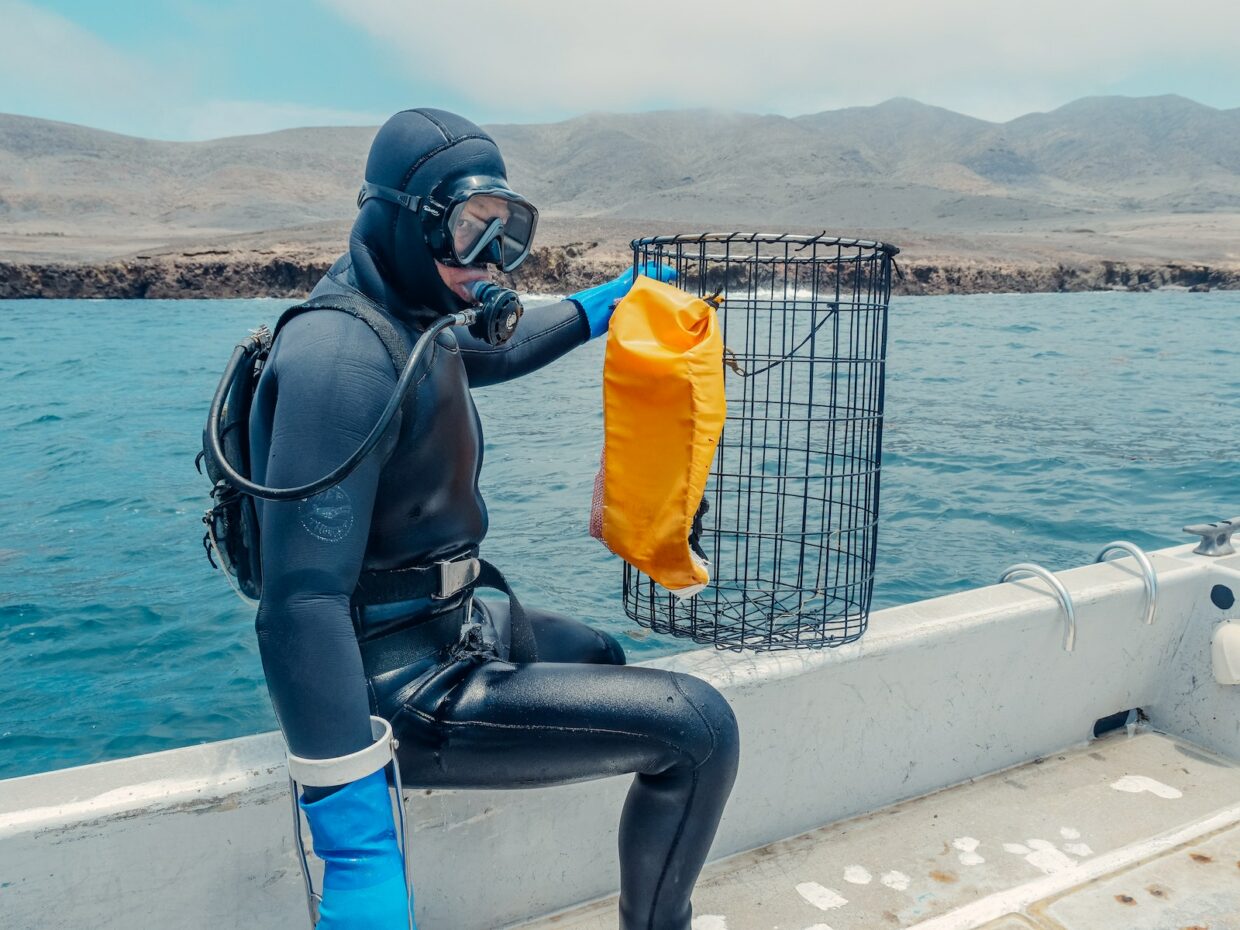.
New Zealand’s fishing industry is a vital resource to the country, bringing in nearly $2 billion in revenue every year. It is a complex industry that faces a variety of challenges, from sustainability issues to forthcoming technological advances. The impact of technology on the fishing industry in New Zealand has been significant, and it has allowed the industry to become even more efficient and profitable. This article will explore the different impacts of technology on the New Zealand fishing industry.
Improved Sustainability
One of the most important impacts of technology on the New Zealand fishing industry has been in the area of sustainability. With the development of more sophisticated technology, fishers are able to be more aware of how they are impacting the environment. For example, advanced sonar systems allow fishers to gain better data on fish populations and track their activity with greater accuracy. This helps them to identify which fish populations are most healthy, ensuring that overfishing does not occur.
Traditionally, fisheries in New Zealand have used static nets to catch fish, which can be damaging to the environment. However, with the advent of advancements such as driftnet technology, fishing can be done in a more sustainable way. Driftnets are designed to move with the current, meaning they can be set up to ensure that only larger, mature fish are caught, minimizing the impact on fish populations.
Improved Efficiency
Technology has also made the fishing process more efficient. Automation has become increasingly important, allowing fishers to do their job with less effort. This includes the use of robotic boat technology, which can help with tasks such as setting nets, monitoring the environment and measuring catch volumes. Automation also helps to reduce the amount of manual labor involved, freeing up resources and improving safety.
GPS technology has also been useful in improving the efficiency of fishing. Fishers can use GPS to track their location, as well as pinpointing schools of fish they may be interested in. This helps to reduce the time spent searching for fish, allowing them to more quickly set up their net and return to port with their catch.
Improved Profits
The improvements in efficiency and sustainability brought about by technology have also translated into increased profits for the fishing industry. By reducing the cost of labor and resources, as well as minimizing the environmental impact, fishers can increase their margins and profitability. Additionally, by being able to track fish populations and target certain species, fishers are able to maximize their yield and produce greater returns.
In conclusion, technology has had a significant impact on the New Zealand fishing industry, contributing to improved sustainability, efficiency, and profits. With the continued development of technologies such as GPS, robotic boats, and drift nets, the industry is likely to become even more successful in the future.
- Improved Sustainability – advanced sonar technology and driftnets help minimize the impact on fish populations.
- Improved Efficiency – automation and GPS technology helps reduce time spent searching for fish.
- Improved Profits – cost savings and increased yields help increase profits.

